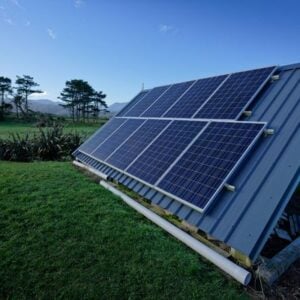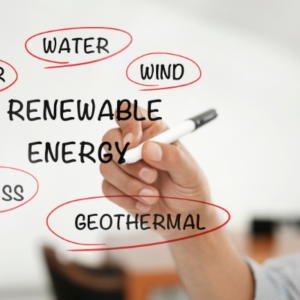The Asian Development Bank (ADB), the World Bank Group, and the Association of Southeast Asian Nations (ASEAN) have launched a new financing initiative to support tPower Grid (APG), a reghe ASEAN ional effort to connect electricity networks and enhance energy cooperation across Southeast Asia by 2045. The initiative was announced during the 42nd ASEAN Ministers on Energy Meeting (AMEM), where leaders emphasized that the APG should include not only cross-border interconnections but also domestic grid upgrades and subsea power cable development.
The ASEAN Interconnection Masterplan Study (AIMS III) estimates that realizing the APG will require US$764 billion in investment to build transmission and power generation systems capable of supporting high levels of variable renewable energy adoption. ASEAN Secretary-General Dr. Kao Kim Hourn highlighted that the APG will improve electricity affordability, reliability, regional resilience, and overall quality of life, and stressed the need for innovative and urgently implemented financing solutions.
Currently, ASEAN has 7.7 GW of cross-border interconnection capacity, which must more than double by 2040 to meet regional growth and energy cooperation goals. The ASEAN Centre for Energy (ACE) and the APG Financing Working Group, consisting of ACE, the ASEAN Secretariat, and the two multilateral development banks, are tasked with advancing the initiative and mobilizing resources for both land-based and subsea interconnections.
The ASEAN Power Grid Financing Initiative (APGF) will provide technical assistance, capacity building, and a suite of financial instruments including grants, concessional and regular loans, guarantees, political risk coverage, and advisory services on public–private partnerships. ADB has committed up to $10 billion over the next ten years, supported by an initial $6 million in technical assistance funded by ADB, the United Kingdom, the European Union, and other partners. The World Bank is contributing $2.5 billion under the Accelerating Sustainable Energy Transition Program (ASET), along with a $12.7 million seed grant to ACE for project preparation.
Through APGF, a strong pipeline of APG-related projects will be developed, allowing ASEAN national utilities and project sponsors to access tailored support from a range of financiers. The initiative will also be supported by the Partnership for ASEAN Connectivity on Energy (PACE), a platform designed to strengthen collaboration between international financial institutions, donors, commercial banks, and philanthropies.
The APG is expected to generate thousands of jobs, enhance energy security, reliability, and resilience, and reduce electricity costs for consumers and businesses through cross-border power trading. It will also unlock renewable energy investment, support decarbonization, and improve regional industrial competitiveness.
Achieving a fully interconnected grid by 2045 will require unprecedented financing, policy harmonization, and long-term political commitment. World Bank Vice-President Carlos Felipe Jaramillo and ADB Vice-President Scott Morris emphasized their institutions’ support for technical assistance, financing, and collaboration to realize the APG vision. The APGF represents a historic step toward regional power connectivity, combining political will, technical expertise, and innovative financing to create a secure, sustainable, and integrated energy future for Southeast Asia.







